San Diego Office Market Heading for a Shift
The metro is slowly transitioning toward a landlord's market as vacancy rate slides to record lows. Stream Realty Partners Managing Director Bret Morriss discusses the context and arising opportunities.
For the third year in a row, San Diego remains a cautious market with regard to office completions. The metro welcomed a total of approximately 1.6 million square feet in 2017 and 2018, divided almost equally between the two years, and is getting ready to close 2019 with 473,000 square feet in deliveries, the lowest amount coming online in the past five years, Yardi Matrix data shows. As demand for office space remains high, the vacancy rate is expected to drop below 10 percent in the following quarters, reaching the lowest level in the last 15 years.
For Stream Realty Partners Managing Director Bret Morriss, the drop in vacancy rate is a sign that San Diego is slowly transitioning toward a landlord market. Morriss says that developers and landlords are currently going the extra mile to offer more modern space to tenants by repurposing existing buildings, adding amenities to existing office spaces as well as a suite of other improvements. But satisfying a large company’s requirements is not always an easy task, as tenants tend to look after a whole set of facilities, including nearby retail options, when deciding to rent.
What are, in your opinion, San Diego office market’s strengths right now?
Morriss: San Diego is a discounted market relative to our northern competitors such as Los Angeles, Seattle and San Francisco, which is probably one of the biggest strengths. Large scale mixed-use projects such as One Paseo, Manchester Pacific Gateway and Plaza at Horton are coming online in the next years, delivering a massive amount of office, retail and housing space in walkable, amenity rich, urban areas. Then there’s San Diego’s talent base, especially STEM graduates. Finally, multifamily development downtown is spurring a renaissance phenomenon, driving young people to move south looking for an urban, live-work-play lifestyle versus the beach life that has typically been more desirable in San Diego.
READ ALSO: US Navy’s $200M HQ Reaches Upper Deck in San Diego
What about its weaknesses?
Morriss: The downtown area, in particular, has small floor plates, the majority ranging anywhere from 9,000 to 50,000 square feet. This deters larger-end users who typically require larger floor plates. They end up choosing alternative markets, such as UTC, Sorrento Valley or may not even consider San Diego entirely. Another weakness is parking constraints. Average parking ratio downtown is 1 to 1,000. At the same time, public transportation is lacking in comparison to other primary cities.
Another issue is minimal retail presence downtown. Without a wide variety of shops, restaurants and fun gathering spaces, employers are turning away from San Diego as they want to locate in a robust area where their employees can engage in the surrounding ecosystem of their office space. However, our biggest concern regionally is related to workforce and moderately priced housing. There is a glut of luxury and out-of-reach residential units on the market and a focus on affordable housing but the region has a true lack of moderately priced, middle income housing that large corporations from outside the region would be focused on with a relocation.

How do you see the imbalance between demand and office supply? What type of solution do you see for this problem in the near future?
Morriss: There is, indeed, an unmet demand in Class A product. With the long-standing upward trend of the economy and low unemployment, there has been a tight competition to attract the best talent. Unfortunately most of downtown is dated office product and most of the quality product in UTC, Torrey and Sorrento is filled.
With average vacancy rates going from 10 to 15 percent county wide, landlords are jockeying for position to attract and retain high-credit tenants. Repurposing projects, build to suites, adding amenities such as gym, showers, conference centers, aggressive tenant improvement packages, outdoor amenity space and pet-friendly buildings are just some of the ways landlords are luring tenants. Tenants still have the leverage in today’s market but as market vacancy slides to record lows, landlords will slowly acquire more leverage as they have on the industrial side.
Vacancy dropped to its lowest value in more than a decade and is expected to continue to decrease. How is this impacting the office market dynamics?
Morriss: As vacancy drops, the scale begins to tip in favor of the landlord, especially on quality. Until now, although the vacancy rate was at its lowest point in a decade, it still favored the tenant. Landlords were willing to bend outside their comfort level to fill their buildings and prepare for a future market correction.
Tell us about the leases Stream Realty closed this year. Where do companies prefer to be located and what are they looking for in a space?
Morriss: Companies are looking for creative and efficient space typically in an area with a robust retail scene and access to free and/or discounted parking. Depending on the employee base, employers seek buildings that provide a geographic location that is convenient for their teams. It is tough to satisfy all of those requirements. Projects like Kilroy’s One Paseo come pretty close to checking all of the boxes. Companies love to find something that is outside the box, creative and which gives them an opportunity to display their company culture and make a statement. It’s all about attracting and retaining talent.
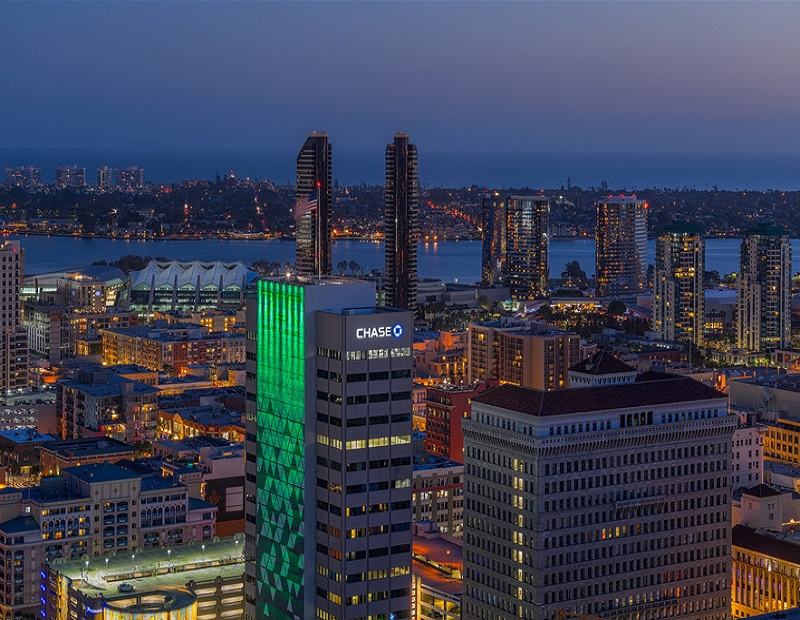
707 Broadway St. In April, Stream represented Measurabl in relocating its international headquarters to 707 Broadway where it occupies the entire 10th floor. Image courtesy of Stream Realty Partners
How have these trends changed compared to two years ago, when you joined Stream Realty in San Diego?
Morriss: The market has continued to tighten and rents have continued to grow. It is healthy because it now allows more speculative office development to pencil and get out of the ground, which will provide the new product that out-of-town and organically growing companies are looking for in San Diego.
Has the mix of tenants changed compared to previous years?
Morriss: Downtown we are slowly seeing a shift from the traditional law/financial/governmental agencies to the TAMI (technology, advertising, media and information) companies. Sorrento and Campus Pointe have seen a huge influx of life science redevelopment projects and the life science tenant base continues to grow in numbers and in size. The 5G cellular world is also coming into those markets with force, capitalizing on Qualcomm’s downsizing.
In which submarkets did your company have difficulties in attracting tenants and why?
Morriss: Broadly, there just aren’t a lot of 40,000+ users looking for space. When we look at how much new and redeveloped space is coming to downtown it is hard to contemplate where all of these companies will come from. Some may come from UTC and Del Mar Heights where rents are high, vacancy is low and congestion is tough, but many will need to come from outside of the region and that workforce will need to absorb the multifamily and office supply coming to downtown to prevent overloading our existing transportation infrastructure.
What opportunities do you see for the rising number of tech companies targeting San Diego in terms of location? What do you expect from rents in the coming quarters?
Morriss: With the local universities grooming premier talent, it only makes sense for companies to trickle into San Diego to take advantage of the talent pool. Rents will continue to tick up as vacancy drops. University of California San Diego’s extension campus downtown should provide some good momentum and encouragement for those companies thinking about early adoption in the submarket. Having the workforce housing, education and transportation options that other submarkets do not should certainly incite some thought and discussion about the opportunity.


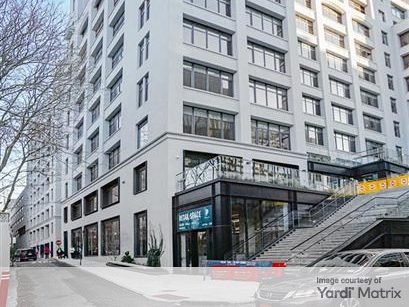
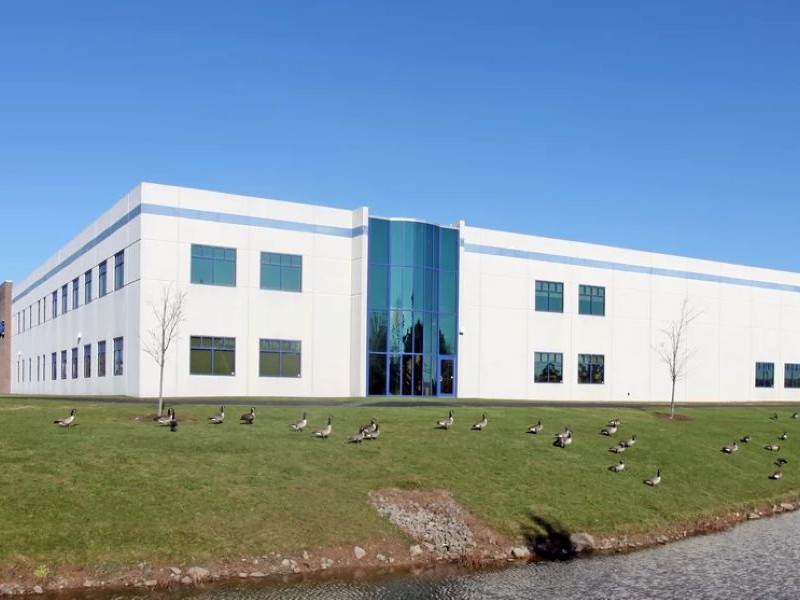
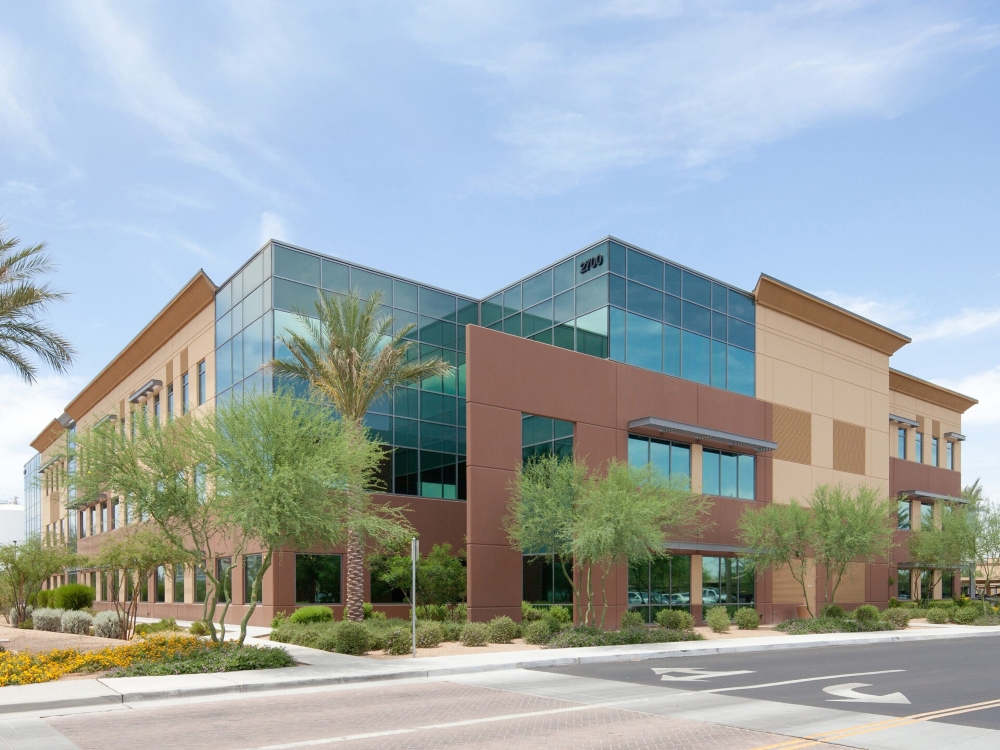
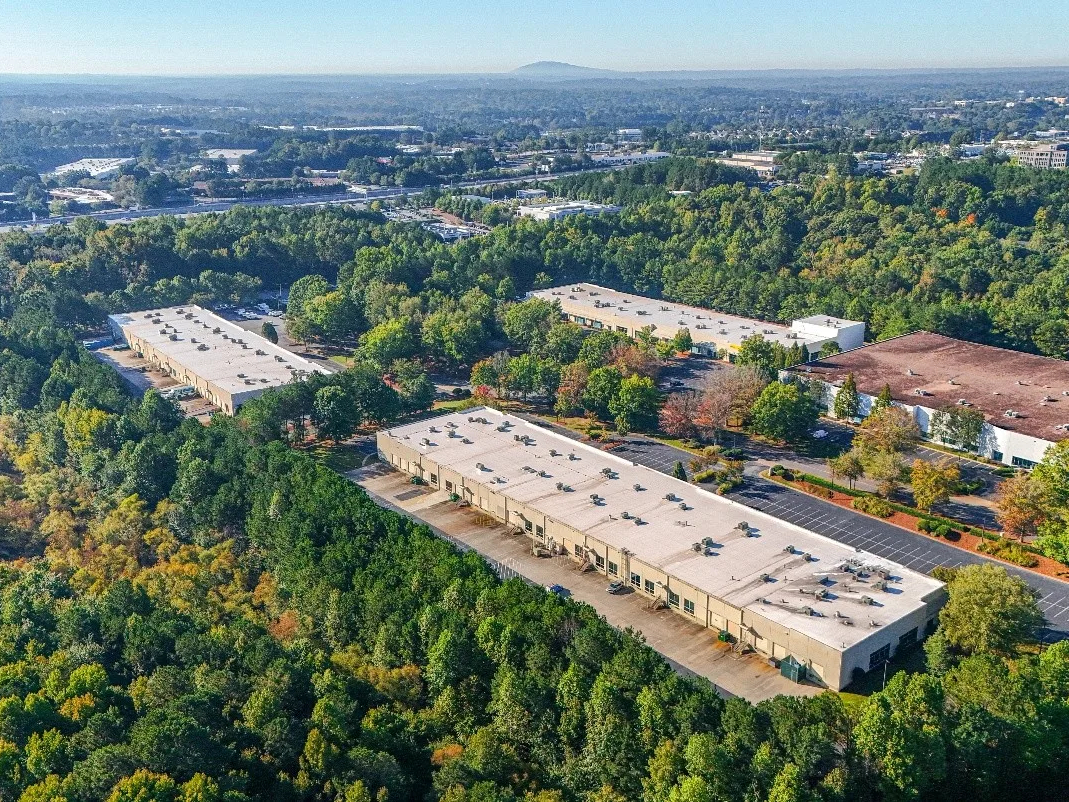
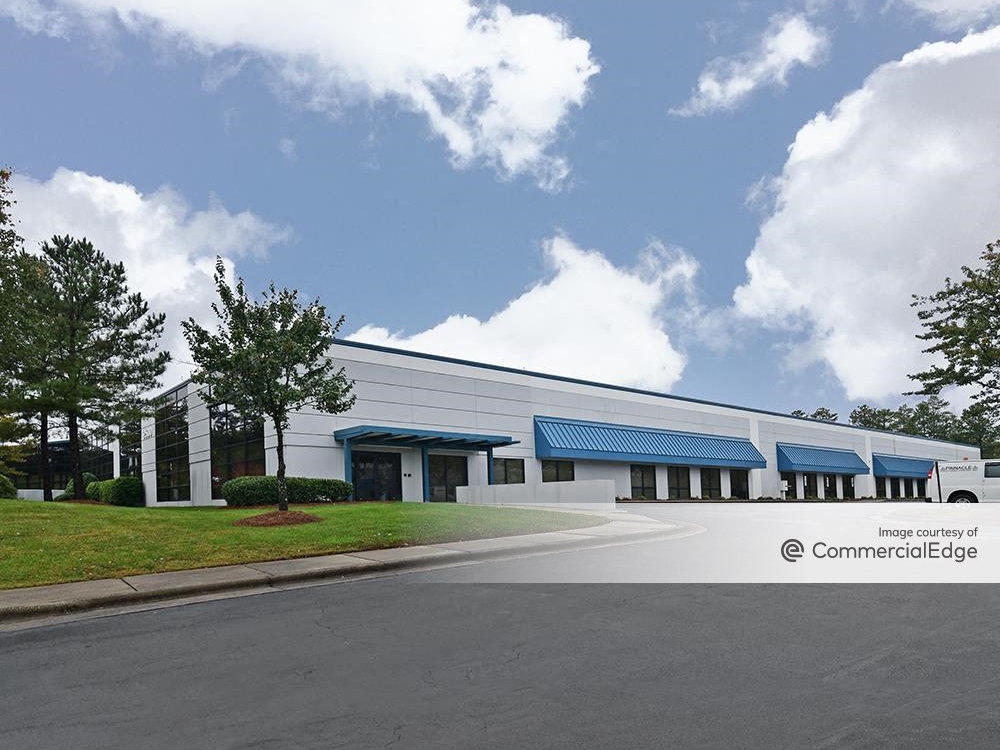

You must be logged in to post a comment.